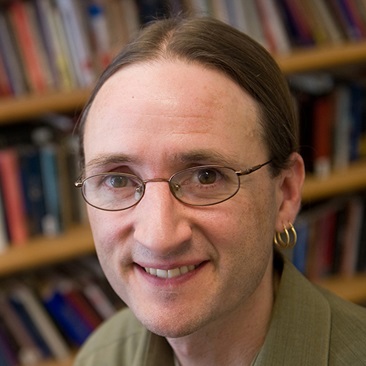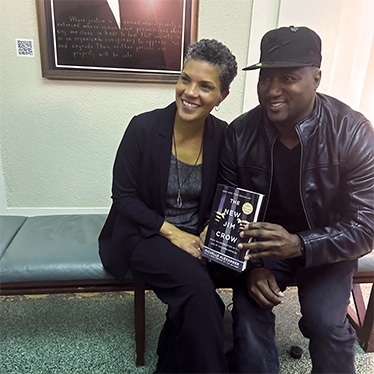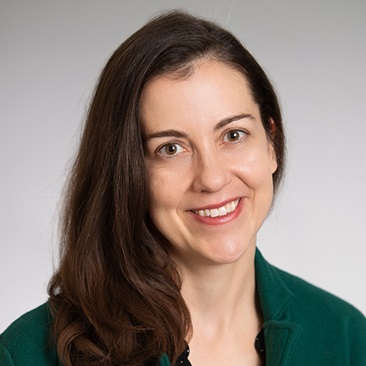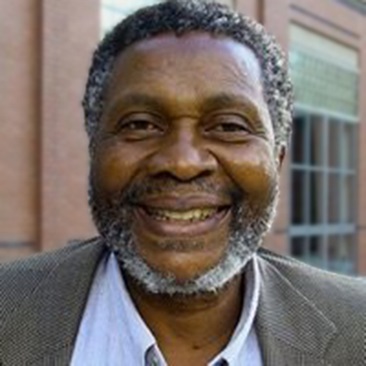The Science of Fake News
David Lazer, Matthew Baum, Yochai Benkler, Adam Berinsky, Kelly Greenhill, Filippo Menczer, Miriam Metzger, Brendan Nyhan, Gordon Pennycook, David Rothschild, Michael Schudson, Steven Sloman, Cass Sunstein, Emily Thorson, Duncan Watts & Jonathan Zittrain
Science, March 2018
Emily Thorson, assistant professor of political science, and co-authors call for a coordinated investigation into the underlying social, psychological and technological forces behind fake news to counteract the phenomenon's negative influence on society.
The rise of fake news highlights the erosion of long-standing institutional bulwarks against misinformation in the internet age. Concern over the problem is global. However, much remains unknown regarding the vulnerabilities of individuals, institutions, and society to manipulations by malicious actors. A new system of safeguards is needed.
In this article, the authors discuss extant social and computer science research regarding belief in fake news and the mechanisms by which it spreads. Fake news has a long history, but the authors focus on unanswered scientific questions raised by the proliferation of its most recent, politically oriented incarnation.
Beyond selected references in the text, suggested further reading can be found in the supplementary materials.
Related News
School News

Apr 19, 2024
School News

Nov 15, 2023
Commentary

Sep 21, 2023

